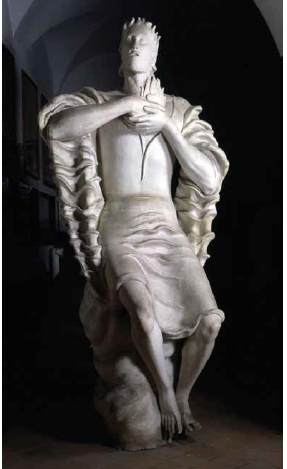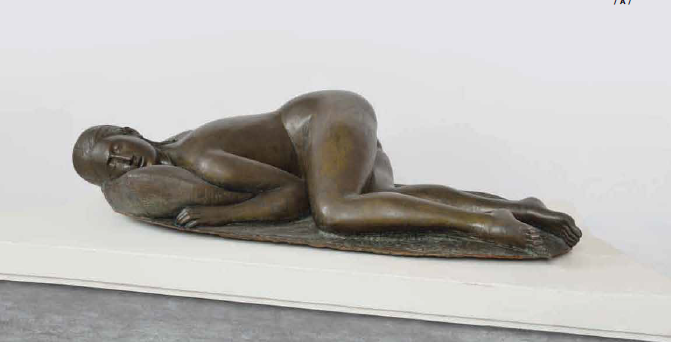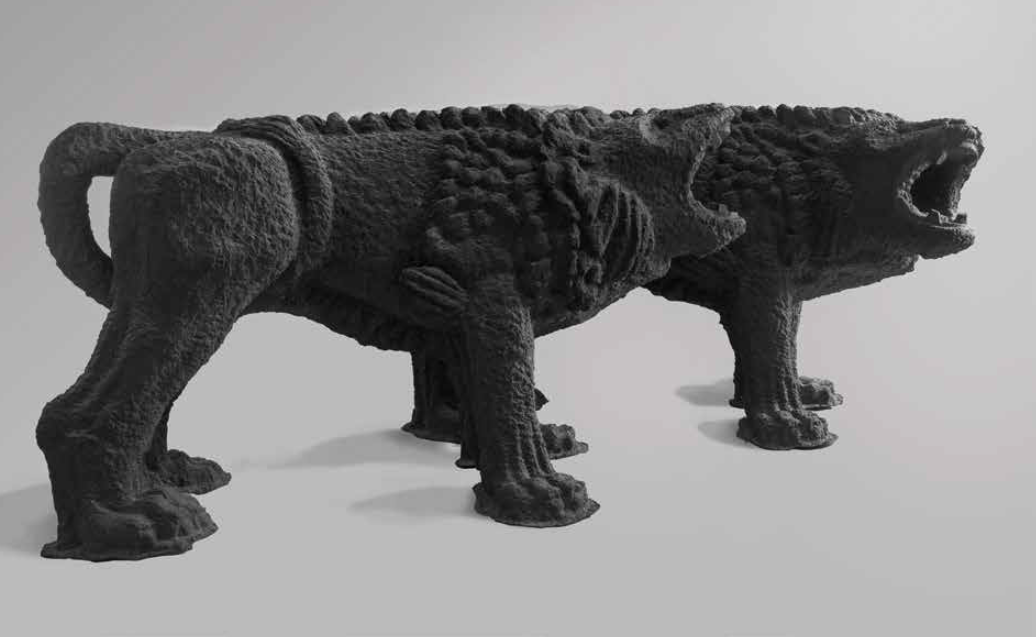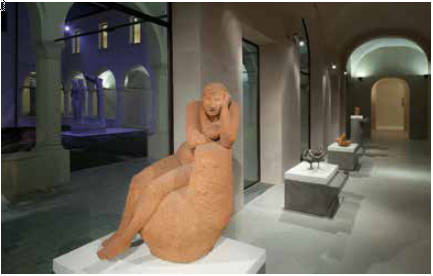Arearte spreads culture in the companies
La Meccanica's collaboration with Areaarte has led over the years to various services offered to employees and their families: a discount card for admission to most museums in the Triveneto region, subscriptions to cultural magazines, information services for new exhibitions and emerging artists.
With a quarterly newsletter, Areaarte makes us aware of new developments in art in the Veneto region, such as the exhibition now being held at the BAILO museum in Treviso by the artist Arturo Martini
We propose here the article and images shared by Areaarte
A GREAT EXHIBITION ON THE
REVOLUTIONARY ARTURO
MARTINI AT THE CIVIC MUSEUMS
OF TREVISO
by Maria Francesca Frosi
The system of the Civic Museums of Treviso boasts three exhibition venues. The Museum of Saint Catherine, with the ancient Church and its wonderful frescoes, home to the famous Cycle of Saint Ursula by Tommaso Da Modena, houses an archaeological collection and a prestigious Pinacoteca with works by the most influential Venetian artists active from the Middle Ages to the 1700s. Casa Robegan is a space for contemporary art exhibitions.
The Bailo Museum, finally, celebrates the great artists of modernity, among which stands out the revolutionary Arturo Martini, now the protagonist of one of the most complete retrospectives ever made: Arturo Martini.
The Masterpieces that, by the Director Fabrizio Malachin and the critic Nico Stringa, brings to the stage about 280 works of the artist from Treviso and is open to the public until July 30th, 2023. The great enterprise of creating a place for finds capable of documenting the history of the territory, dates back to the second half of 1800 and is attributed to Abbot Luigi Bailo: a religious, animated by a libertarian and positivist spirit, who makes his own the mission of composing a systematic collection of Treviso knowledge. To the interest in the ancient, which involves the abbot in first person operating courageous heritage rescue enterprises, support is added to the young local
artis
It was the sculptor and designer Antonio Carlini to present the young Martini in Bailo, that allowed him to obtain a scholarship to attend the atelier of Urbano Nono in Venice and that convinced the pottery industrialist Gregorj to finance in 1910 a trip to Munich, crossroads of the Central European avant-garde. Martini, born in 1889 in Treviso, was in fact of modest extraction. Rejected several times in elementary school, he shows talent in one subject:modeling clay. To notice it is Angelina Rossi, teacher and wife of the already mentioned Carlini, who is an apprentice while attending the evening school directed by Giorgio Martini, father of the already established symbolist artist almost homonymous Alberto Martini. The first documented work of the young sculptor dates back to this phase: the bas-relief that opens the path of the exhibition Arturo Martini. Masterpieces.
The sixteen-year-old portrays in profile Fanny Martini, mother of the master, in an exercise with a realistic taste, the starting point of a path of research, experiments, crises and obsessions that will emancipate him from the historicist tendencies of nineteenth-century sculpture to finally arrive at an art in which the figure is completely dissolved,
as in the abstract-conceptual work ‘Atmosfera di una testa’ of (1944). Crisis but also great achievements, as evidenced at the opening of the exhibition the monumental works commissioned by the Ottolenghi couple for their “garden of Eden” in the villa designed in the 1920s by the architect Piacentini inAcquiterme: the bronzes Figlioul Prodigo, Tobiolo, I leoni di Monterosso, l’Adamo ed Eva in stone of Finale Ligure, now in the permanent collection thanks to the generosity of the people of Treviso, who bought it through a fundraiser. Arturo Martini. The Masterpieces highlights the multifaceted character of an artist who participated in the most important historical
events of the ‘900, from the Great War to the Liberation, and who not only revolutionized sculpture, but also the graphic arts, publishing the first artist book in history: Contemplazioni.
Self-produced in 1918, it is a hermetic prayer composed of signs that evoke the notes of a pentagram. It contains the sound of silence, rising in a
prayer for all friends who died in war. The successes are also documented by the large clays of the 1930s that, shaped and cooked in a large blast furnace
expertly designed by the artist between the walls of the industrial complex of Ilva di Vado Ligure, echo that season that he himself called ‘of singing’,
works in which the protagonist becomes the woman, such as the erotic ‘Nudo al sole’, with which he won the first prize at the Quadriennale in Rome in1931, ‘La Venere dei Porti’ and’ the Veglia’ which, exhibited at the 1932 Biennale, can be considered the first true contemporary art installation, a sculpture-environment in which the sculptural image and architecture end up merging. Lover of discovery and tireless traveller, to create his masterpieces has drawn from countless sources: from theater to literature, from myth to sacred texts to arrive at an art able to reinterpret the most important themes of human history.
For information on guided tours and educational activities
and for families organized by the Athena Promakos Consortium at the Civic Museums of Treviso, we invite you to consult the website www.museitreviso.
it or to write to the addresses :booking@museitreviso.it and didactic@
museitreviso.it.



